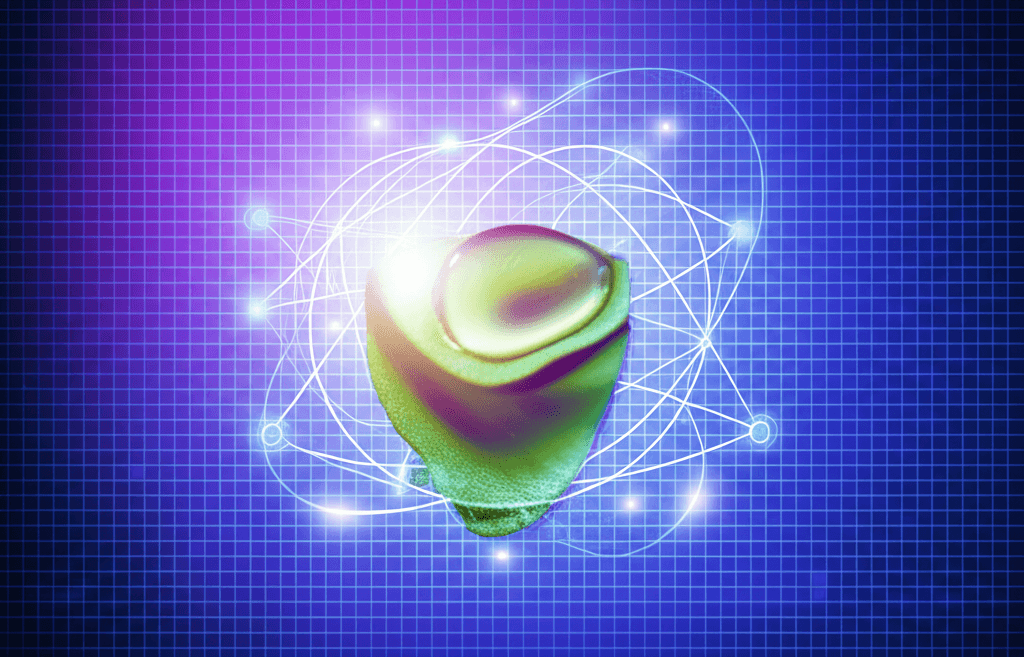FLUX.1 Krea Rejects 'AI Look,' Brings Open-Source Photorealism to Image Generation
FLUX.1 Krea [dev] breaks the "AI look" mold, offering open-weight photorealism with natural detail and unique visual signatures.
July 31, 2025

In a significant move for the open-source AI community, Black Forest Labs and Krea AI have jointly released FLUX.1 Krea [dev], a new open-weight text-to-image model designed to produce highly realistic images.[1][2] This collaboration aims to address a common criticism of AI-generated visuals: the tendency towards an "AI look" characterized by oversaturated colors and unnaturally smooth textures.[2] By focusing on natural detail and distinctive aesthetics, FLUX.1 Krea [dev] represents a step forward in the quest for photorealistic AI imagery.[1][2] The model is positioned to compete with both established open-source alternatives and proprietary systems, offering a powerful new tool for developers and creators.
The development of FLUX.1 Krea [dev] is rooted in the impressive technical foundation of Black Forest Labs' FLUX.1 architecture.[1] Black Forest Labs, a German startup founded by former members of the Stability AI team who were instrumental in creating Stable Diffusion, has quickly established itself as a key player in the generative AI space.[3][4] Their FLUX models are built on a hybrid architecture that combines transformers and diffusion models, a design choice that enhances both image quality and processing speed.[3] The FLUX.1 series, which includes variants like the high-performance FLUX.1 Pro and the developer-focused FLUX.1 [dev], has been recognized for its superior prompt adherence and ability to generate detailed, complex scenes.[5][3] FLUX.1 Krea [dev] is based on the FLUX.1 [dev] model and is fully compatible with its architecture, allowing for seamless integration into existing workflows and tools.[1][2] Human preference evaluations suggest that FLUX.1 Krea [dev] outperforms previous open FLUX models and is on par with closed-source solutions like FLUX.1 Pro.[2]
The partnership between Black Forest Labs and Krea AI is a strategic one, combining BFL's expertise in foundational model development with Krea's focus on user-facing applications and aesthetic control.[1] Krea AI provides a platform with a suite of AI-powered tools for image and video creation, including features for real-time AI rendering, upscaling, and style transfer.[6][7][8] The collaboration has resulted in an "opinionated" model, one that has been specifically trained to generate more diverse and visually interesting images, avoiding the pitfalls of generic AI aesthetics.[2] This approach gives users a tool that can provide pleasant surprises and a high degree of creative flexibility. The model is a distilled, open-weights version of Krea's proprietary Krea 1 model, offering strong performance with a unique visual signature.[2][9]
The release of FLUX.1 Krea [dev] has significant implications for the broader AI industry. By making the model weights available on platforms like Hugging Face, the creators are empowering researchers and developers to build upon and customize the technology.[1][2][10] Commercial licenses are also available through Black Forest Labs' licensing portal, indicating a clear path for professional and enterprise use.[11][1] This dual approach of open access for development and a clear route for commercialization could foster a vibrant ecosystem around the model. Furthermore, the availability of the model through various API partners broadens its accessibility to those without the resources to host large models themselves.[1][12] This release underscores a growing trend of collaboration between companies developing foundational AI models and those building applications, a synergy that can accelerate innovation and improve the quality of open-source tools.[1] The focus on realism and the rejection of a generic "AI look" also signals a maturation in the field of image generation, where the emphasis is shifting from mere technical capability to aesthetic refinement and artistic control. As the technology continues to evolve, models like FLUX.1 Krea [dev] are poised to play a crucial role in shaping the future of visual content creation.
Sources
[3]
[5]
[7]
[8]
[9]
[10]
[11]
[12]